
CREATE A SPACE WHERE BEES CAN THRIVE.
One of the most fun and rewarding ways to make a big Beesponsible impact is to plant your own bee garden. Bee-friendly flowers, shrubs and trees not only provide food for our buzzy friends, but also beauty and even increased yields of any fruits and veggies you may be growing (thanks to the increased pollinator activity). Whether you plant a large garden, a little patch or even just a few flower pots, you’ll create valuable habitat for our pollinating friends.
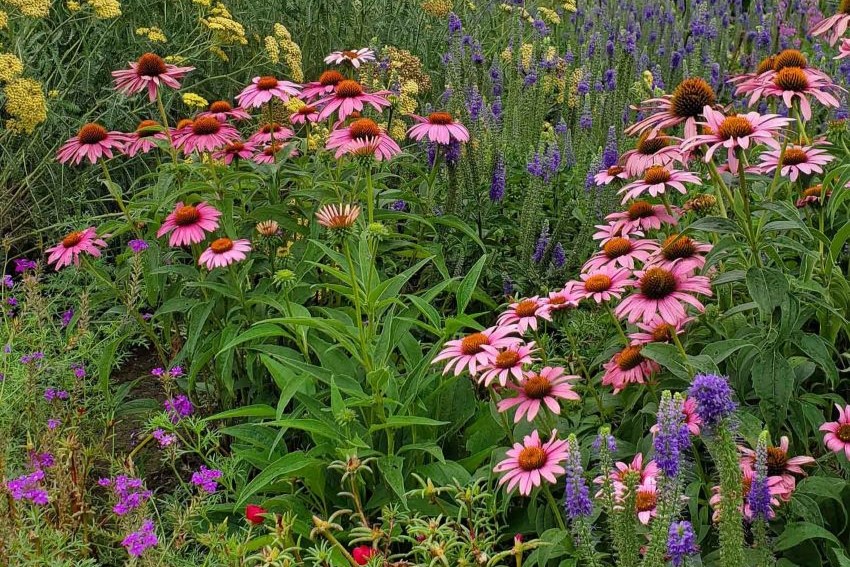
PROVIDE DIVERSITY
Think of your garden as an all-you-can-eat buffet for the bees — they love native wildflowers, flowering herbs and many fruits and vegetable plants.
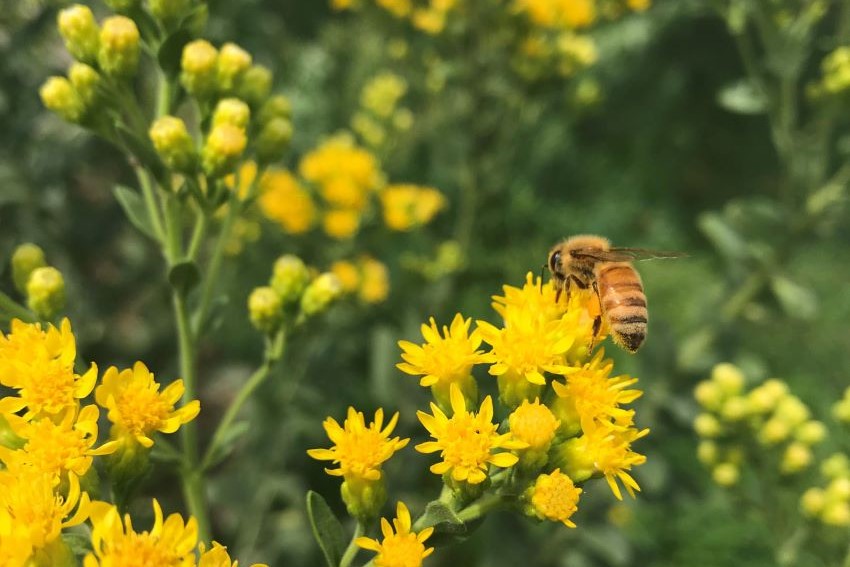
KEEP IT NATURAL
Avoid using pesticides, herbicides and other toxic chemicals in your garden and lawn.

PRIORITIZE NATIVE PLANTS
Native flowers, shrubs and trees provide the best food sources for the native pollinators they’ve evolved with over time.

PLANT FOR CONTINUOUS BLOOMS
With a variety of bee species active throughout the growing season, foraging begins as soon as the weather starts to warm, until it becomes too cold.
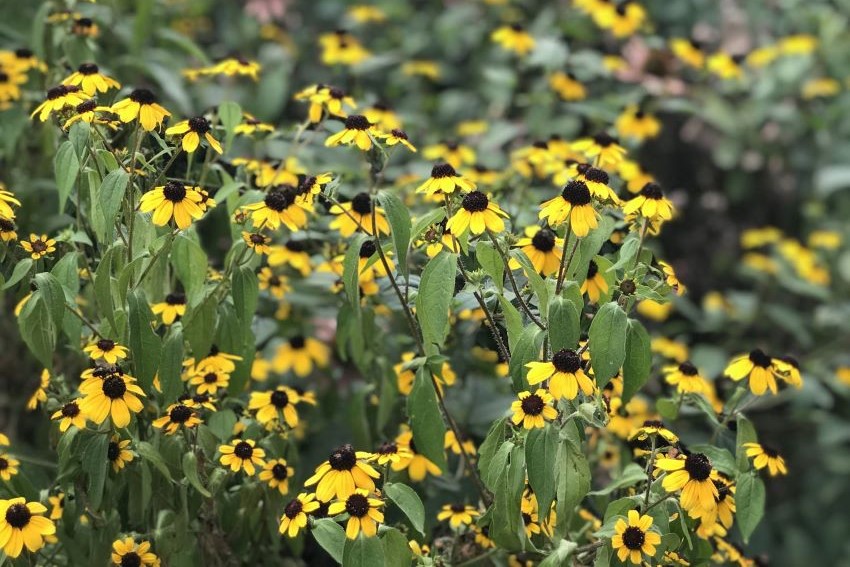
GROUP OR REPEAT THE SAME PLANTS
Aim to plant at least one square yard of the same flower species together, or repeat it multiple times throughout your garden.
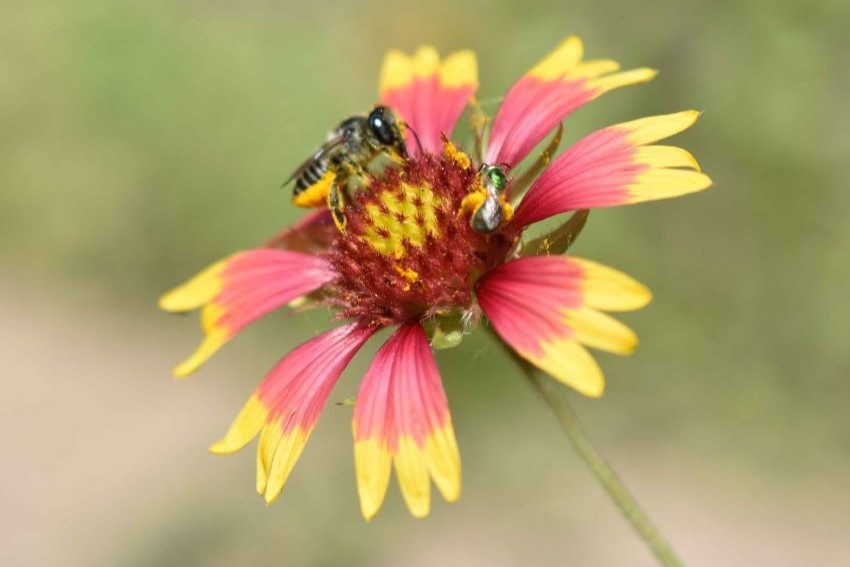
INVITE NATIVE BEES
Not all bees live together in hives or social colonies. In fact, most species are solitary and 70% of them nest in the ground!
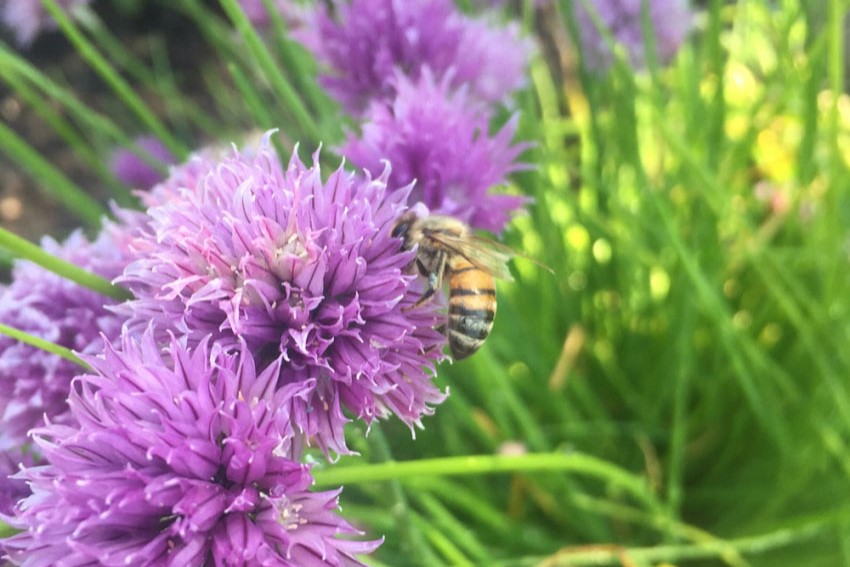
SHARE YOUR HERBS
Bees love flowering herbs including mint, basil, oregano, chives, rosemary and thyme.
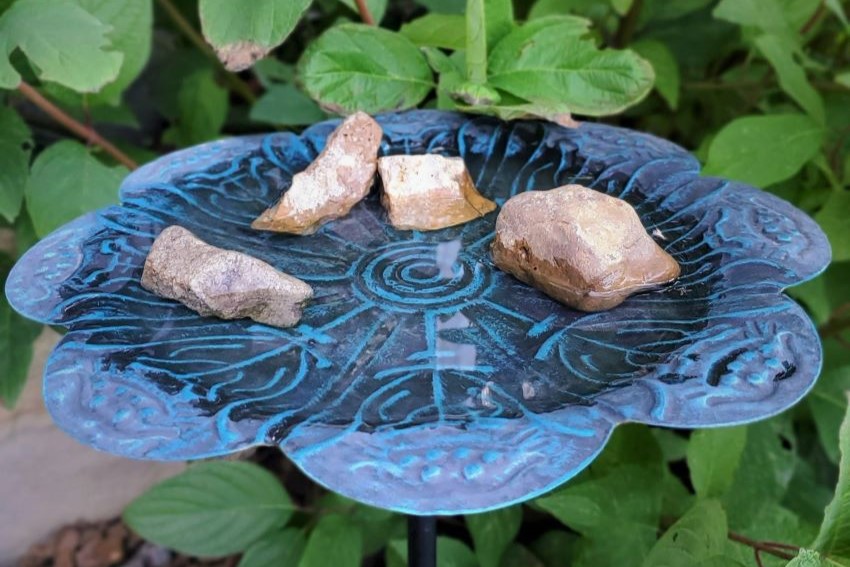
SUPPLY A WATER SOURCE
Especially during the heat of summer, bees need access to water. They may simply drink it, but honeybees also take droplets back to their hive to help cool it off.
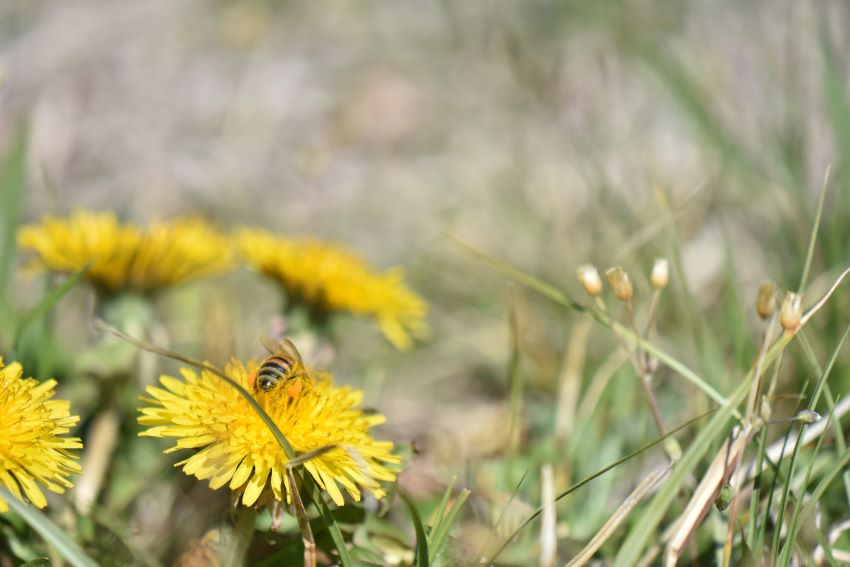
LEAVE SOME WEEDS
Certain flowering weeds can provide pollen and/or nectar for bees. Instead of mowing or pulling, let the dandelions, clover and henbit grow until bees have had a chance to forage them.

RETHINK YOUR LAWN
Lawns cover an estimated 63,000 square miles of America, with most of them being large expanses of turf grass.